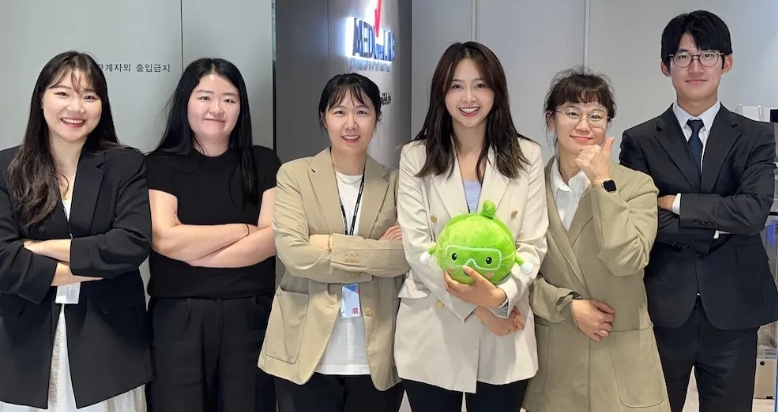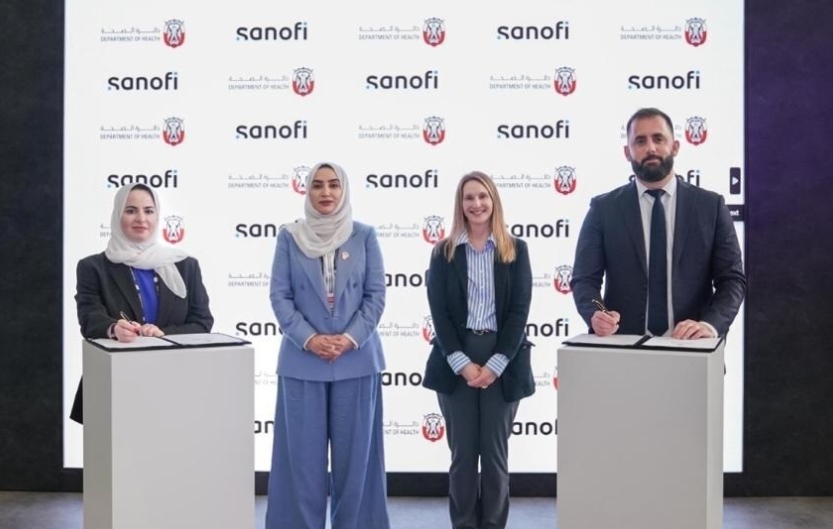
China Volume-Based Procurement (VBP) Policy
In 2018, China introduced VBP for pharmaceuticals, as an attempt to reduce the price of pharmaceuticals, and in 2019 introduced VBP for medical devices. Under VBP, Chinese Provinces tender out the supply of products on a large-scale. Procurement decisions have shifted from individual clinicians to hospital administrators. This has resulted in price cuts of 70 per cent and a shift in market share from Western manufacturers to Chinese manufacturers. Nevertheless, Western-made products are considered by Chinese consumers to be higher quality than Chinese-made products. Recently, some of the Chinese manufacturers are expanding sales into Asia-Pacific, with reported success in New Zealand.
China plus one
A consequence of the pandemic and closed borders, western companies are adding new manufacturing facilities in Vietnam or elsewhere, to supplement existing manufacturing in China.
Regional headquarters (RHQ) for multinational life sciences companies (MNCs)
Singapore is the favourite location for a RHQ for MNCs, ahead of its rivals in Hong Kong and Shanghai. 140,000 people left Hong Kong from 2020 to 2022, including many executives who relocated from Hong Kong to Singapore. More recently, with surging real estate costs in Singapore notably in the residential tenancy sector where rents have doubled in the last 1 to 2 years for expatriates, some corporates are looking to return to Hong Kong or relocate some of their staff back to the city.
Government support for R&D and medical research
Governments have announced funding R&D and medical research, particularly for vaccines. For example, in May 2023, the Australian Federal Government committed to spending $4.5 billion over four years for medical research. The Australian Government also provides a generous R&D Tax Incentive, to encourage companies to conduct R&D and clinical trials in Australia. In addition, following the success of the mRNA vaccines for COVID-19, Australian State Governments have announced programmes to support the development of RNA research and manufacturing. It is hoped that viruses, cancers and genetic diseases can be treated with RNA technologies.
In Japan, the Japan Agency for Medical Research and Development (AMED) has established a centre for vaccine research, to strengthen government response to an infectious disease emergency. With over 400 staff, AMED’s budget in 2023 exceeds $800 million.
Global divestitures
There have been a number of large-scale divestitures, with announcements up by 30 per cent year-on-year. Following high growth over the pandemic, companies have reviewed their product lines and in some cases have decided to separate out non-core divisions. A number of pharma companies, including Merck, GSK, Sanofi, Pfizer, and Johnson & Johnson, have sold or spun off their consumer health divisions. Others have divested their off-patent portfolios and we have players in the distribution chain looking to snap these up as well private equity funds looking at pharma carve outs as they build up their operational due diligence skills. There has also been a wave of divestitures by medical device companies including Medtronic, GE Healthcare, and Baxter. Baker McKenzie has advised on many of these carve-outs and divestitures. A global trend, the impact has been felt in Asia-Pacific, with companies restructured and new players emerging, such as Haleon and Kenvue.
Funding drought
2023 has been a difficult year for biotechs, healthtechs, and other companies seeking funding. Of course, biotechs and the like are generally unsuitable for “bricks and mortar” traditional bank funding. We’ve seen macroeconomic headwinds, stockmarket volatility, and spiking interest rates. The IPO market has been extremely quiet across Asia-Pacific. Moreover, venture capital and private equity investment and deal value globally have declined by 30 per cent. The global private equity industry ended 2022 with a record US$3.7 trillion in “dry powder” (uncommitted funds), and that amount has not been substantially reduced in 2023. In addition, private equity sponsors have been looking at continuation funds as they try to find the right time to run the exit process. With expensive and hard to secure bank debt, we are also seeing a rise in private credit as an alternative financing mechanism both from specialist providers but also as an additional product line from some sponsors.
From a deals perspective, some markets in Asia have bucked the trend a little including in healthcare so whilst China/HKG may have been much quieter, we see pockets of activity in Vietnam as well as India and a lot of interest in Indonesia but good assets at the right price are still challenging to find.
Quiet quitting
One of the consequences of the funding drought has been the shuttering of many biotechs and healthtechs around Asia-Pacific. I applaud the entrepreneurs who have given it a go, and hope that many of the companies can spring back once funding improves.
Takeover opportunities
The Nasdaq biotech total return index was flat in 2021, down 10 per cent in 2022, and down 6 per cent to end September 2023. One consequence of the falling stock prices has been an increase in tender offers for publicly-traded biotechs by strategics. Many biotechs have sought advice on the steps to take were they to receive an unsolicited takeover offer. Those companies are also looking to enter into collaboration or licensing deals, partly as a takeover defence.
The GLP-1 drug phenomenon
GLP-1 drugs, such as Novo Nordisk's Ozempic, are medicines which combat type 2 diabetes, but also help in weight loss. Early trials also indicate that they may delay the progression of kidney disease in diabetes patients. This has affected a range of companies based in Asia-Pacific, including those producing kidney disease treatments, and those which treat sleep disorders. Those companies have said that they do not expect GLP-1 drugs to have a material impact on their business.
Artificial Intelligence
Of course, a round-up of 2023 must mention AI. R&D for a new drug is notoriously time-consuming (sometimes taking up to 12 years) and expensive (circa $6 billion). By analysing data on disease pathology, AI may short-cut the identification of the most promising new drugs. There are many companies employing AI in other fields too, such as pathology and diagnostic imaging. For example, I-MED Radiology and Harrison.ai use AI to support the identification of chest disease.
Ben McLaughlin (L), Partner, Baker McKenzie, Australia; and Andrew Martin (R), Principal, Baker McKenzie Wong & Leow’s Mergers & Acquisitions practice, Singapore




